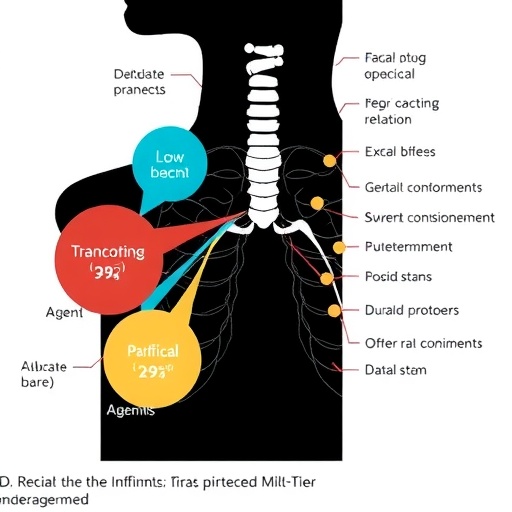A new study, “Wavelength-encoded laser particles for massively multiplexed cell tagging,” by scientists in the Wellman Center for Photomedicine has been published in Nature Photonics.
According to the study’s researchers, “We have developed a new class of probes, laser particles, which are tiny lasers that can be inserted inside living cells. These laser particles are biocompatible, occupy only 0.1% of the volume of a typical cell and don’t interfere with its normal behavior. We use the light emitted by these probes to tag and track cells as they move throughout complex biological samples. They can be thought as barcodes that can be used to distinguish cells from one another.
Conventional probes used to tag cells are based on fluorescence emission; scientists use different fluorescent molecules with different colors to distinguish different cells. Due to intrinsic limitations, however, fluorescence can only provide a handful of distinguishable colors, usually up to 4-5. Our new probes emit laser light, which can produce many more distinguishable colors, around 400 in this work.
We have used these laser particles to tag tumor cells and track their individual movement for days in a tumor spheroid (a system which mimics the growth of a tumor). In the future, we will be able to use this information to understand how tumors grow and identify specific cells with a higher potential of forming metastasis. It will be possible to single out these cells and perform further studies on them, like sequencing of their genetic profile. This will allow us to target specific genes with more intentionality, improving the options with which we can treat tumors in order to stop their spreading and formation of metastases.”
###
About the Massachusetts General Hospital
Massachusetts General Hospital, founded in 1811, is the original and largest teaching hospital of Harvard Medical School. The MGH Research Institute conducts the largest hospital-based research program in the nation, with an annual research budget of more than $925 million and comprises more than 8,500 researchers working across more than 30 institutes, centers and departments. In August 2018 the MGH was once again named to the Honor Roll in the U.S. News & World Report list of “America’s Best Hospitals.”
Media Contact
Colleen Delaney
[email protected]
Related Journal Article
https:/
http://dx.




